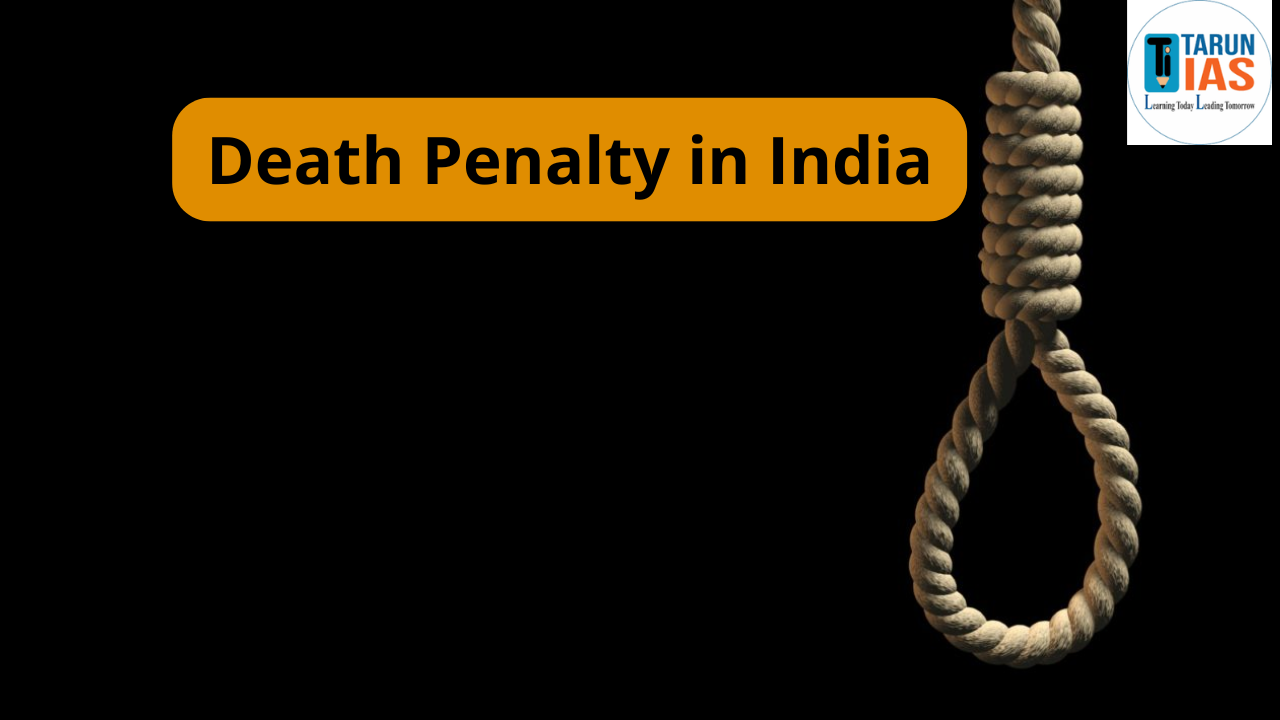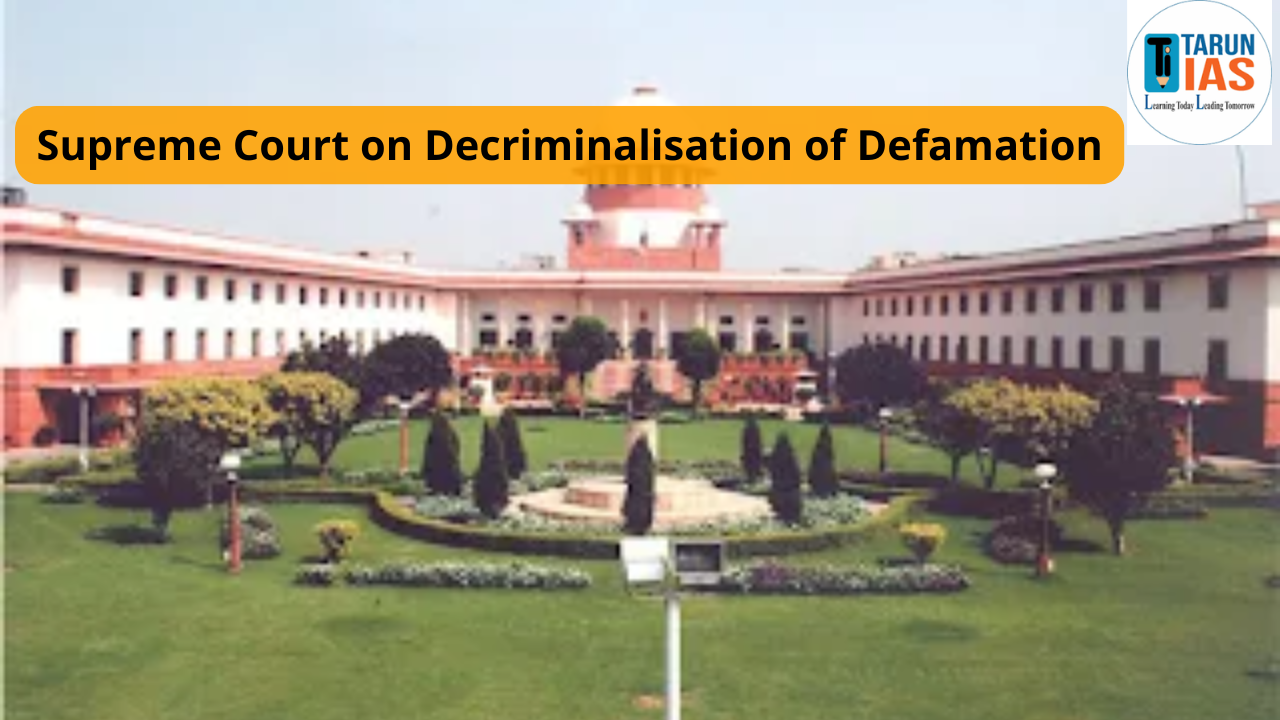Netaji Subhas Chandra Bose Jayanti is celebrated annually on January 23 to honor the birth anniversary of one of India’s most prominent freedom fighters. This day commemorates the life and legacy of Subhas Chandra Bose, a leader who played a crucial role in India’s struggle for independence against British colonial rule.
Below is a detailed overview of various aspects related to Netaji Subhas Chandra Bose, including his life, contributions, and the significance of his birth anniversary.
Netaji Subhas Chandra Bose Jayanti
In 2025, Netaji Subhas Chandra Bose Jayanti will be observed on January 23. This day is marked by various events, including government ceremonies, cultural programs, and discussions on Netaji’s contributions to India’s independence movement. Schools, institutions, and political organizations often hold programs to honor his memory, and his iconic slogan “Tum Muje Khoon Do, Mai Tumhe Azadi Dunga” – Give me blood, and I will give you freedom – resonates as a symbol of his indomitable will for India’s independence.
Netaji Subhas Chandra Bose Birth Anniversary
Netaji Subhas Chandra Bose’s birth anniversary is observed on January 23 every year to honor his immense contributions to India’s struggle for independence. This day is celebrated across the country with various events, including tributes at his statues, discussions, and cultural programs that highlight his leadership and sacrifices.
The government, along with numerous organizations, commemorates his legacy by organizing seminars, exhibitions, and educational programs to educate the public, especially younger generations, about his life and vision. Schools, colleges, and institutions often conduct events, and the Netaji Subhas Chandra Bose International Airport in Kolkata, named after him, holds special ceremonies to mark the day.
This day is not only a remembrance of Bose’s revolutionary efforts but also serves to inspire future generations to embody his values of courage, patriotism, and selfless service to the nation. Political leaders and officials also pay homage to Netaji, recognizing his role in shaping the course of India’s fight for freedom, especially through his leadership of the Indian National Army (INA).
Netaji Subhas Chandra Bose Biography
Netaji Subhas Chandra Bose was a courageous and determined leader in India’s struggle for independence. An exceptional student, Bose completed his studies in England and joined the Indian Civil Services (ICS) but soon resigned to pursue his true calling in the fight against British colonial rule. His revolutionary zeal led him to collaborate with prominent freedom fighters, and he became the president of the Indian National Congress in 1938. However, ideological differences with Gandhi’s non-violent approach led him to form the Forward Bloc and adopt more radical methods.
Bose’s most significant contribution was the formation of the Indian National Army (INA), which fought against British forces during World War II with support from Japan and Germany. His slogan “Jai Hind” became synonymous with his vision for a free India.
Despite his controversial alliances, Bose’s leadership of the INA inspired countless Indians to fight for independence. His mysterious death in August 1945, following a plane crash in Taiwan, remains a subject of debate. Many believe he survived and went into hiding, but the truth remains uncertain. Netaji’s legacy continues to inspire generations of Indians in the pursuit of patriotism and self-determination.
Important Events in Netaji’s Life:
| Year | Event |
| 1897 | Birth of Subhas Chandra Bose in Cuttack, Odisha |
| 1919 | Resigned from ICS and joined the Indian independence movement |
| 1938 | Became President of the Indian National Congress |
| 1939 | Resigned from the presidency of the INC due to differences with Mahatma Gandhi and founded the Forward Bloc |
| 1940 | Escaped house arrest in Calcutta to go to Germany and seek international support for India’s independence |
| 1941 | Travelled to Germany and later to Japan to garner support for the Indian freedom struggle during World War II |
| 1942 | Formed the Azad Hind Fauj (Indian National Army) |
| 1943 | Established the Azad Hind Government in Singapore |
| 1944 | Led the INA in the Battle of Imphal against British forces, a key battle on the path to Indian independence |
| 1945 | Death (uncertain, mysterious circumstances) |
Netaji Subhas Chandra Bose’s Contribution to the Freedom Struggle
Netaji’s contributions to India’s freedom struggle are immense and diverse. His approach was revolutionary, advocating for armed resistance against British rule. Key contributions include:
-
Indian National Army (INA)
- Formed by Bose in 1942 to fight British colonial rule.
- Initially supported by Japanese forces, it became a symbol of resistance.
- Although defeated in battle, it inspired millions to join the freedom struggle.
-
Role in the Indian National Congress (INC)
- Became INC President in 1938, pushing for radical actions against British rule.
- Resigned due to differences with Gandhi’s methods, forming the Forward Bloc in 1939 for more aggressive resistance.
-
Azad Hind Government (Provisional Government of Free India)
- Established in Singapore in 1943, declared war against Britain.
- Sought global support for India’s independence by forging alliances with Axis powers.
-
“Jai Hind” and Nationalism
- Popularized the slogan “Jai Hind,” now a symbol of patriotism and unity.
- Inspired Indians during the Quit India Movement and became a rallying cry for independence.
-
Contribution to Women’s Empowerment
- Advocated for women’s participation in the freedom movement.
- Established the Rani of Jhansi Regiment in the INA, empowering women in India’s struggle.
-
Role in the Quit India Movement
- Although differing from Gandhi’s approach, supported India’s liberation through radical measures.
- His leadership of INA provided an alternative to Gandhi’s non-violent resistance.
-
Encouragement of Industrial Development and Self-Reliance
- Promoted economic self-reliance, focusing on domestic industries.
- The Azad Hind Government initiated projects like Azad Hind Radio and military manufacturing.
-
International Outreach for Indian Independence
- Actively sought support from global powers during World War II.
- Formed alliances with Germany, Italy, and Japan to gain military aid for India’s freedom struggle.
-
Indian National Army and the Battle of Imphal
- INA fought alongside Japan in the Battle of Imphal in 1944.
- Though unsuccessful, it boosted Indian morale and proved Indian soldiers could challenge British forces.
-
Emphasis on the Youth of India
- Believed youth were key to India’s independence.
- Urged younger generations to join the struggle for freedom and nation-building.
Related Articles |
|
|---|---|
| IAS vs IPS | |
| UPSC Interview Dress Code | |
Netaji Subhas Chandra Bose Jayanti FAQs
Q1. Who Was Netaji Subhas Chandra Bose?
Answer: Netaji Subhas Chandra Bose was a prominent leader in India’s independence movement, known for his radical approach to achieving freedom. He led the Indian National Army (INA), sought support from Axis powers during World War II, and advocated armed resistance against British rule, differing from Mahatma Gandhi’s non-violent methods.
Q2. On Which Day is Netaji Subhas Chandra Bose Jayanti Celebrated?
Answer: Netaji Subhas Chandra Bose Jayanti is celebrated annually on January 23 to honor his contributions to India’s independence movement.
Q3. What was Netaji’s famous slogan?
Answer: Netaji’s iconic slogan, “Tum Mujhe Khoon Do, Mai Tumhe Azadi Dunga” (“Give me blood, and I will give you freedom”), symbolized his dedication to India’s independence.
Q4. What was the Indian National Army (INA)?
Answer: The INA was a revolutionary army formed by Bose in 1942, which fought against British forces during World War II, with support from Japan and Germany.
Q5. What is the Azad Hind Government?
Answer: Established by Bose in 1943 in Singapore, the Azad Hind Government declared war on Britain and sought international support for India’s independence during World War II.















